
Help with a Flat WW Tartine

Another Disastrous Bake
Last weekend I misread the book, I ended up with a sluggish layered tartine.
This week I remember to cut in the add-in, but I ended up with a flat disc. I took a few pic during the process hopefully that could help in spotting the issues.
I am pretty sure I have overproof it as I have warm it up on counter, it expanded quite a bit, shaping isnt the best as it didnt hold its shape. Could it be possible that my first bulk isnt at the right timing as well?
After mixing and before bulk fermentation
Unfortunately I forgot to take a pic when it has completed its Bulk. Before retardation
After 10hrs Retardation
Then I invert n score. I bake it in a casserole pot with lid on but it didnt give me any oven spring at all. Thats them when they are out of the oven.
Can anyone help with my flat disc?
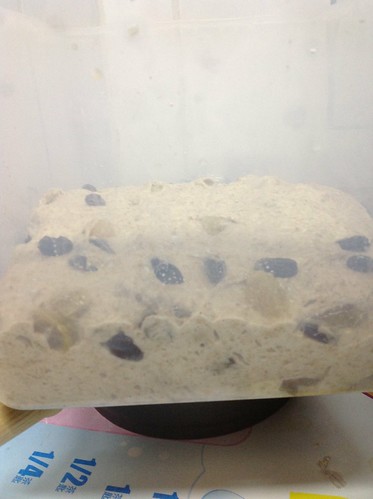
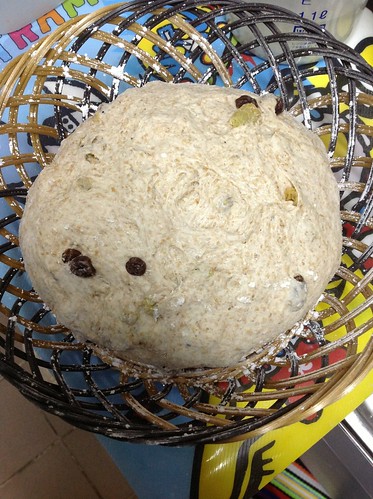
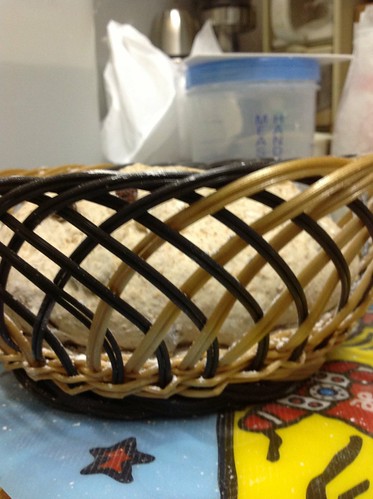

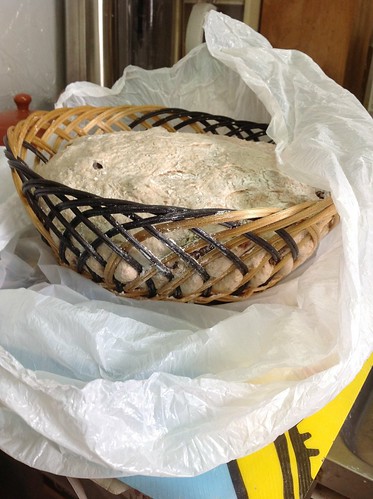
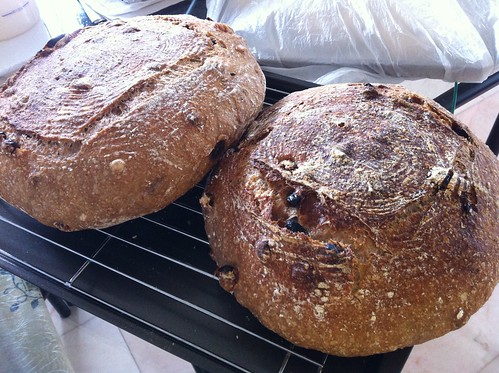


Comments
Looks like decent coloring on the crust, and by the look of your crumb I'm guessing it could be some combo of several things.
underproofed: not sure that it nearly doubled from the photos. Did you do a poke test? That said, usually underproofing leads to good oven spring, especially in a dutch oven, so this may not be the problem. Crumb looks tight, like it does when underproofed. Overproofed doughs usually look different.
hydration needs tweaking: crumb looks tight like a lower hydration sandwich bread. I wonder if it was sufficiently hydrated? That said, usually loaf spread/flatness has to do with doughs that are too wet.
kneading/shaping needs tweaking: in the shaped rise photos, doesn't look like you got a strong skin formed on the dough, which will lead to spreading too. How did you knead/shape?
How did it taste? Is the crumb supposed to be like a Tartine country loaf? I'm not familiar with the recipe. We may need more info to gauge what might have gone wrong here, I'm thinking too many variables.
when I did the s&f it's not as extensible as 75% hydration ap. but it's not too stiff either.
after the 3 stretch it hold its shape for 30 min with little spread. but I gave it 4 stretch anyway.
It could have been over proofed. The proofing basket's depth also contributes to a lower cross section. hydration could be an additional factor, as cranbo said. Whole wheat flours absorb moisture differently, so Chad robertson would make a stiffer dough using the same recipe than yours if his flour absorbs more water.
Should I be looking for a wetter or drier dough for a tartine
also the protein content for ww flour im using is at 12.5-13% could that contributed to the pro
Tartine doughs are generally wet, so you should aim for a slightly sloppy dough. Your ww protein content is high enough to make a good moist dough that holds shape. I think it has more to do with the basket and the overproofing.
Thank you I'm gonna have a go this week
Sure looks like it based on the pictures. did you do final proofing in the fridge as tartine breads generally call for? I've only made the tartine loaf twice but followed to the "T" and placed loaves in the fridge right after shaping. Then baked them cold the following morning. Neither time had they doubled in size. But I got big oven spring and beautiful loaves as a result. Since the dough is so slack it cools quickly in the fridge and the dough looked like it rose 150% from original.
I've found with wet doughs if they double they generally are over proofed. The wetter the dough, or shall I say, slacker the dough, the less increase in volume you want before baking. The stiffer the dough the closer you want it to be to double. The proof test is certainly not fail proof as I am under the belief that all doughs want to be handled as their own. I learn this every time I flop to different formulas.
Hence the reason it is best to pick one formula and get it down inside and out before moving to the next. But I can't stick to that advice as the same loaf over and over is kinda dull. That doesn't mean it isn't sound advice.
Good luck on your next go
Josh
Thanks Josh,
Mine was exactly the same as yours. But I didnt trust the book, I had it warmed up on counter for an hour n a half i think. by then it rose to double.
I have read FWYS by Forkish and Tartine by Chad, Ken recommends to let the dough triple in volume before retarding, on the other hand, Chad recommends to let it rise by 30-40% which is two different approach. Which one should I follow?
I guess I need to stick to one proofing patent for now. As my bake isnt always at best, in particular those with sourdough.
I too think it is way over proofed - looks like 115 -125% % to me instead of the 85-90% we would want. When it over proofs in the fridge I bake it cold right out of the oven to keep spreading to a minimum. It takes a a while to figure out what will work best for you as it did for me.
My preference is to bake the bread 1 hour after after it comes out of the fridge while the oven, stones or DO heats up so I am looking for no more than 85% proof in the fridge. To get this I don't do any bulk fermenting on the counter after the S & F's are done. I just shape it and in the fridge it goes - looking for a 12 hour retard.
Judging an 85% proof is hard in a basket but it is harder to get it to be 85% after a 12 hour retard. I love your basket and it has to make a very nice design on the outside of the bread, especially when it peaks through the openings on the bottom but, it is too big for the loaf you are making which makes it even more difficult to judge how much the dough has proofed.
I also kind of like it when the dough doesn't quite make it to 85% proof in the fridge. Then you can take it out and let it get to 85% and then refrigerate it again while the oven heats up. Makes scoring and transferring to a DO much easier that way.
You also have a bunch of add ins in there that you normally woukldn't find in a normal Tartine loaf - but this probably didn't have anything to do with the over proof.
Looks like you are on the same over proofing course I was on - so no worries.